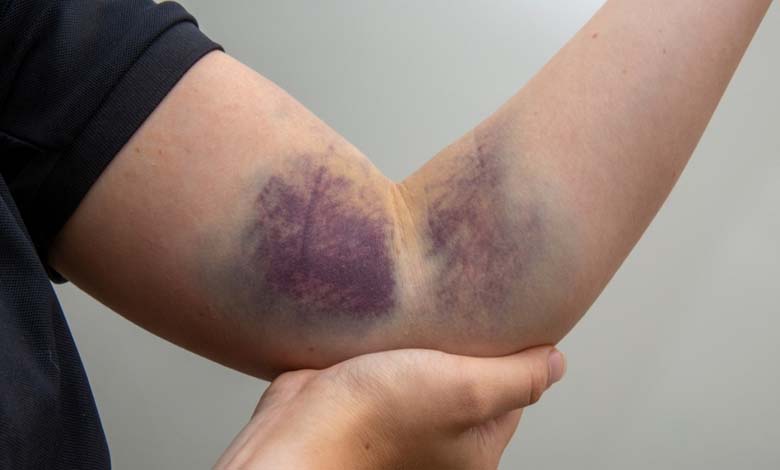How Can People with Hemophilia Live a Normal Life?

Understanding Hemophilia
Hemophilia is a rare genetic disorder, usually passed from mother to son, that affects the blood’s ability to clot. This is due to a lack or low level of a clotting factor, which is a protein needed to stop bleeding. There are two main types: hemophilia A (lack of factor VIII) and hemophilia B (lack of factor IX).
Symptoms vary from person to person, but common signs include prolonged bleeding after cuts, easy bruising, and most importantly, internal bleeding in joints. These internal bleeds can cause chronic pain and long-term joint damage if left untreated.
-
Causes of Knee Pain in the Elderly and Treatments
-
Can Raw Green Onion Relieve Teething Pain in Babies?
Modern Treatment: A Major Breakthrough
Today, treatments have improved significantly. Many patients receive regular preventive treatment called “prophylaxis,” where the missing clotting factor is injected several times a week to prevent bleeds. Some new treatments are long-acting, meaning fewer injections are needed.
There are also innovative therapies like gene therapy or non-factor treatments that change the way the blood clots. Thanks to these advances, patients experience fewer complications and enjoy a much better quality of life.
Adopting a Healthy Lifestyle
Besides medical treatment, a healthy lifestyle plays an important role. Low-impact physical activity, like swimming, biking on flat ground, or yoga, is recommended. These activities help strengthen muscles and protect the joints.
Contact sports like football or boxing should be avoided, as they can lead to serious injuries. Exercise should always be suited to the patient’s individual condition and capabilities.
A balanced diet, rich in vitamins and calcium, also supports strong bones and helps maintain a healthy weight, reducing stress on the joints.
Regular Medical Follow-up and Prevention
People with hemophilia need to stay in regular contact with a specialized treatment center. This ensures their therapy is working well and allows early detection of any problems or changes in their condition.
It is important to carry medical identification indicating the hemophilia diagnosis in case of emergency, and to inform doctors and dentists about it before any procedure.
-
Muscle Wasting in the Elderly: Causes and Contributing Factors and Treatment Options
-
“Essential” Ways to Reduce the Risk of Stroke
Psychological Support and Social Life
Living with a chronic condition can be emotionally challenging. Children, teens, and even adults may feel different or worried. That’s why psychological support is important. Support groups, patient associations, or therapy sessions can help individuals deal with the emotional aspects of the disease.
Despite the challenges, people with hemophilia can go to school, make friends, pursue higher education, work, travel, and have families. Many live full and active lives as long as they are well-informed, supported, and monitored.
Conclusion: A Normal Life is Possible
With modern treatments, a healthy lifestyle, proper medical care, and emotional support, people with hemophilia can live just like anyone else. The key is understanding the condition, following medical advice, and not hesitating to ask for help when needed.
-
“For Recovery and Mental Health” – Are Ice Baths Really Effective?
-
Hoarseness: A Symptom That Could Indicate a Serious Illness












